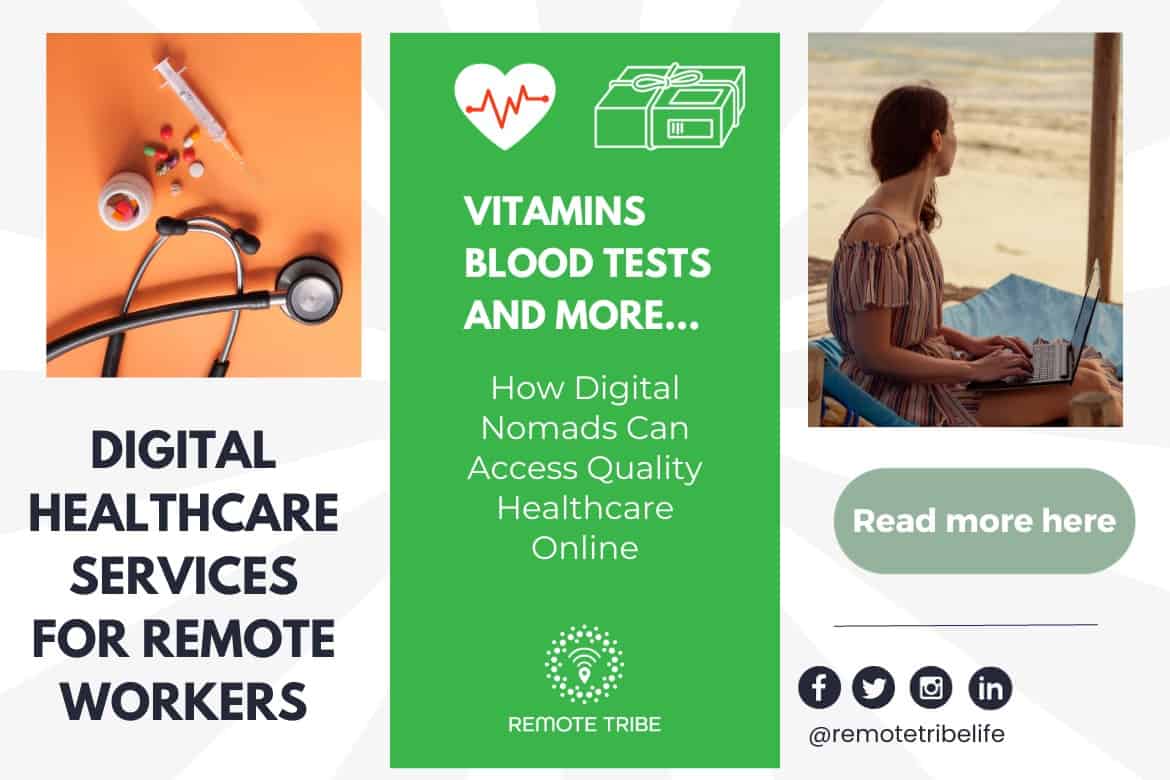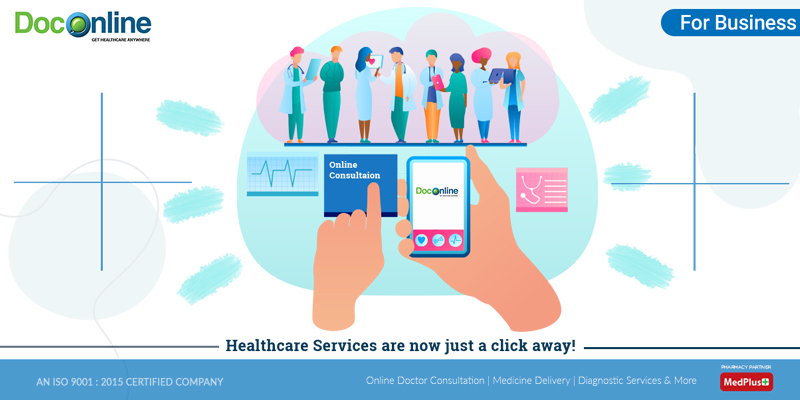A Comprehensive Guide to Subscription Based Healthcare: What You Required to Know
A Comprehensive Guide to Subscription Based Healthcare: What You Required to Know
Blog Article
Comprehending the Cost-Effectiveness of Subscription-Based Healthcare Versions
As the health care landscape advances, subscription-based versions emerge as an engaging choice, assuring to redefine just how people manage clinical expenditures. Reviewing these versions' cost-effectiveness requires a nuanced contrast with typical insurance coverage, thinking about both monetary implications and patient complete satisfaction. While they use openness and predictability in prices, concerns remain regarding their capability to fulfill varied health care needs, specifically for specialized treatments. The viewpoints of doctor additionally complicate this equation, offering a complex challenge. What does the future hold for these designs, and can they genuinely supply on their pledge of accessible, affordable treatment?
Summary of Subscription-Based Versions
Subscription-based medical care versions, often referred to as direct health care or concierge medicine, are progressively gaining interest as a potential option to ineffectiveness within conventional medical care systems. These designs run on the concept of offering patients direct access to doctor through a regular monthly or yearly fee, bypassing the demand for standard insurance coverage mechanisms. This setup aims to enhance patient-provider interactions by reducing management worries, which usually impede prompt and tailored care.
At the core of subscription-based versions is the focus on a more tailored person experience. Individuals benefit from improved accessibility to their physicians, frequently consisting of next-day or same-day consultations, expanded consultation times, and direct interaction channels such as phone or video clip phone calls. This design fosters an aggressive approach to health care, where suppliers and people can collaboratively concentrate on preventative treatment and chronic disease management.

Expense Contrast With Conventional Insurance Coverage

One of the main monetary advantages of subscription versions is openness in prices. On the other hand, standard insurance policy might be more advantageous for people needing specialized treatment or pricey therapies not covered under a membership design, as they benefit from the broader insurance coverage network and cost-sharing mechanisms.
Nevertheless, cost-effectiveness is context-dependent. While subscription designs might offer financial savings for those mostly needing key care, people with chronic conditions or specialized healthcare demands might find standard insurance policy extra thorough. Assessing certain health care needs and potential usage is crucial in identifying the most economical alternative for individuals.
Effect On Individual Contentment
Client fulfillment within subscription-based medical care designs usually mirrors a significant enhancement over typical insurance policy systems. Unlike traditional systems, where clients could experience hold-ups in obtaining care, subscription-based designs make sure more direct and timely communications with health care companies.
Additionally, the openness in expenses related to subscription-based medical care reduces the typical irritations connected to unexpected charges and complicated payment processes seen in conventional insurance coverage (subscription based healthcare). Individuals value understanding the precise economic dedication upfront, resulting in enhanced count on and self-confidence in their medical care monitoring
In addition, the emphasis on precautionary treatment and wellness in membership models adds to enhanced health outcomes, better improving client click here to find out more complete satisfaction. By focusing on ongoing health care as opposed to anecdotal care, individuals experience an even more all natural and continual medical care journey.
Furthermore, the boosted provider-patient connection cultivated in these models, defined by more time invested per patient and individualized interest, plays an essential function in raising individual satisfaction degrees, as clients feel genuinely taken care of and understood.
Provider Experiences and perspectives
From the company's point of view, subscription-based health care versions supply a transformative strategy to supplying clinical solutions. These versions emphasize a positive and preventative health care approach, allowing providers to focus on detailed client care without the restrictions of typical fee-for-service arrangements (subscription based healthcare). This shift in emphasis usually leads to enhanced client end results and increased service provider fulfillment, as medical care specialists can designate more time and resources to client engagement and personalized treatment plans
Additionally, registration designs help with predictable revenue streams, which enhance economic security for doctor. This predictability permits boosted resource planning and allotment, adding to an extra efficient medical care distribution system. Providers can spend in staff infrastructure, training, and innovation improvements, consequently enhancing the high quality of care offered.
However, the transition to subscription-based models is not without obstacles. Suppliers have to adjust to brand-new functional frameworks, which can include significant modifications in payment techniques and individual monitoring systems. Additionally, there is an intrinsic requirement for durable information management to track client end results and ensure top quality care. In spite of these obstacles, several service providers locate that the benefits of enhanced patient interaction and streamlined procedures surpass the preliminary difficulties, making subscription-based versions an appealing option.
Future Leads and Obstacles

A primary challenge is regulative conformity, useful content as registration designs should stick to developing health care plans and insurance requirements. This demands continual adjustment and advancement to guarantee alignment with lawful criteria. Furthermore, integrating these designs into existing health care frameworks can be intricate, requiring substantial financial investments in modern technology and training.
There is also the potential threat of producing injustices in health care gain access to, as membership designs may favor those that can afford them, leaving at risk populations underserved. Addressing this requires thoughtful consideration of pricing techniques and aid systems to make sure inclusivity.
Conclusion
Subscription-based healthcare versions present a feasible alternative to standard insurance policy by supplying financial predictability and openness, particularly benefiting people with chronic problems or regular healthcare needs. The cost-effectiveness of these models is contingent upon individual healthcare use patterns and circumstances. While learn the facts here now they may boost client complete satisfaction and enhance budgeting, difficulties continue to be in addressing specialized treatment demands. Future considerations include stabilizing detailed coverage with affordability and integrating these models within the broader health care system for optimal end results.
Subscription-based health care models, occasionally referred to as direct main care or concierge medication, are progressively acquiring interest as a potential service to inefficiencies within conventional healthcare systems. Unlike standard systems, where clients could experience hold-ups in obtaining care, subscription-based designs make certain even more direct and prompt interactions with health care carriers.
These versions emphasize a positive and preventative healthcare strategy, permitting service providers to focus on extensive patient treatment without the restrictions of traditional fee-for-service setups. As these designs proceed to gain grip, they supply the possible to change person accessibility to care, simplify solution shipment, and maximize medical care costs.Subscription-based medical care versions provide a feasible option to typical insurance policy by offering financial predictability and openness, specifically profiting people with chronic problems or constant healthcare needs.
Report this page